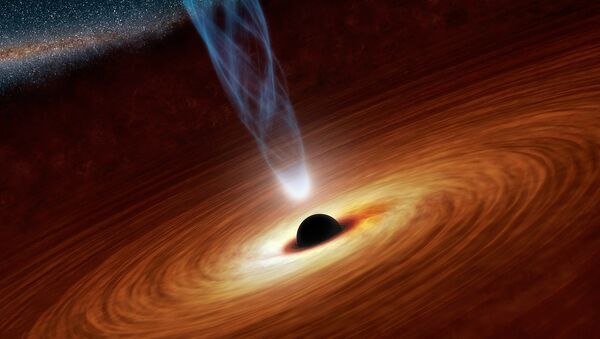Using the massive Subaru Telescope located at the Mauna Kea Observatory on Hawaii, a multinational team of astronomers has managed to discover some 83 quasars powered by supermassive black holes as they were billions of years ago when the universe was relatively young.
"It is remarkable that such massive dense objects were able to form so soon after the Big Bang. Understanding how black holes can form in the early universe, and just how common they are, is a challenge for our cosmological models", said Michael Strauss, professor of astrophysical sciences at Princeton University and co-author of the study.
According to the statement posted on the university’s website, this discovery shows that there were many more black holes during that time period than it was previously thought, and reveals “for the first time” how common they were in the early universe.
READ MORE: NASA Unravels Secrets of 'Most Striking' Spiral Galaxy (VIDEO)
Study lead Yoshiki Matsuoka also added that the quasars they found will become "an interesting subject for future follow-up observations" and will allow scientists to "learn about the formation and early evolution of supermassive black holes".


